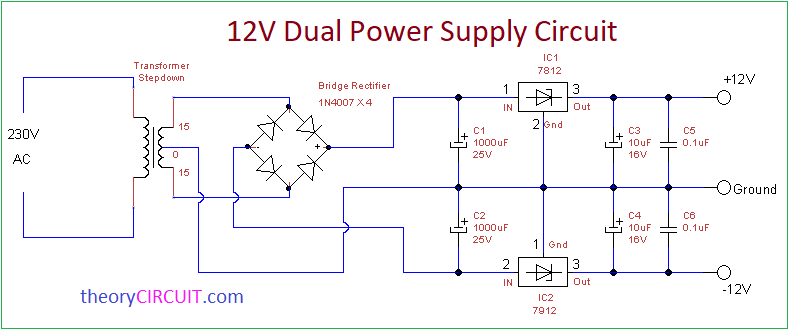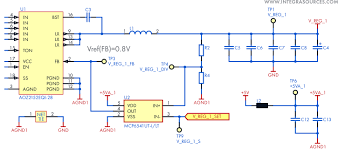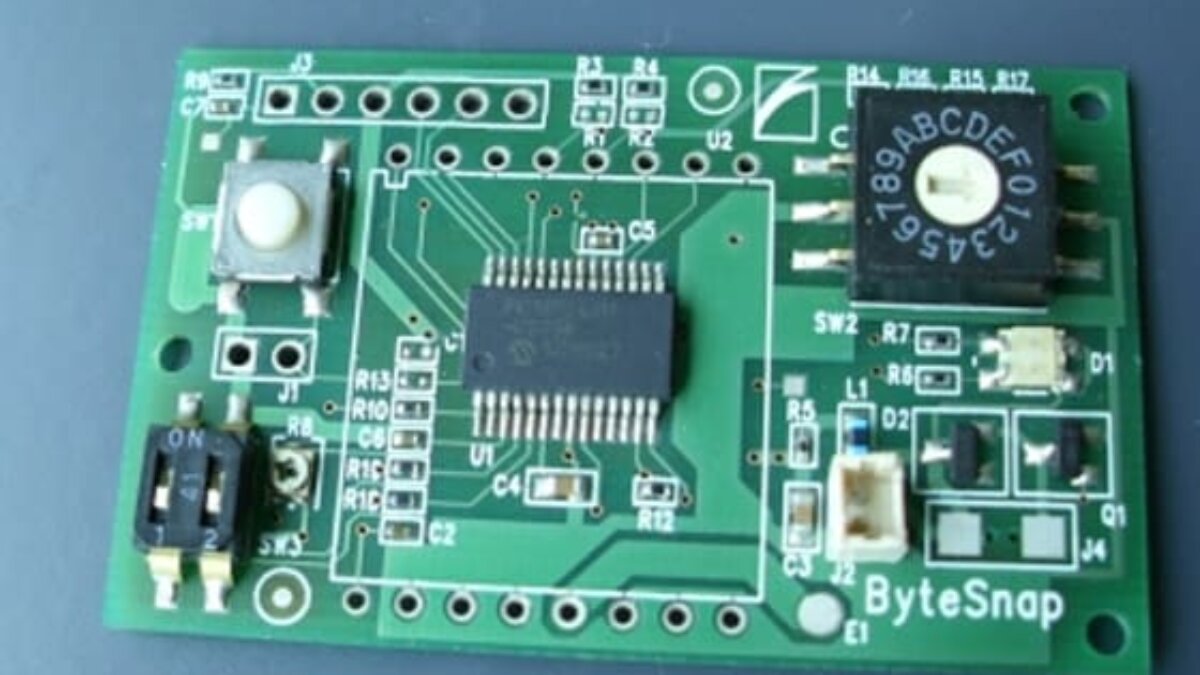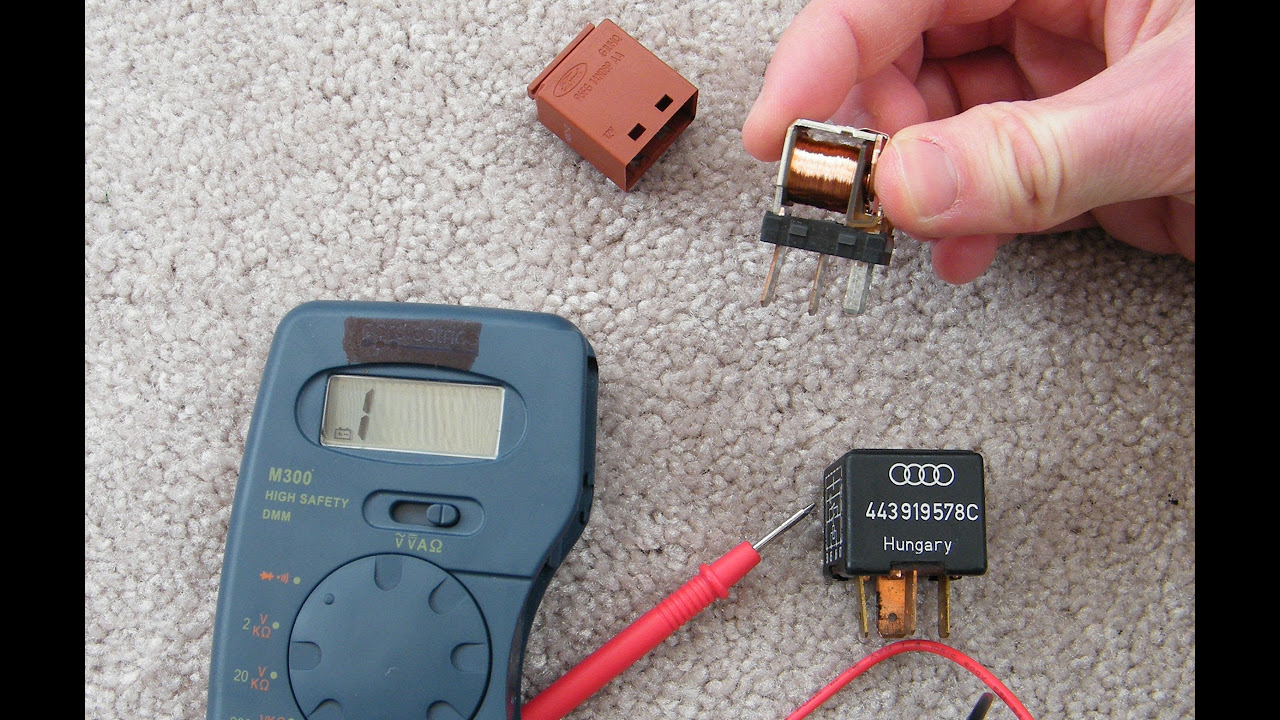How to design a dual power supply circuit
When it comes to designing electronic circuits, a dual power supply is often needed to power both positive and negative voltage components. In this article, we will discuss how to design a dual power supply circuit from scratch.
Before we dive into the design process, let’s first understand what a dual power supply is and why it is important. A dual power supply provides two separate power sources, one positive (+) and one negative (-), which are essential for powering operational amplifiers, analog circuits, and other components that require both positive and negative voltages.
To design a dual power supply circuit, you will need the following components:
- Transformer
- Rectifier circuit
- Filter circuit
- Regulator circuit
Now, let’s go through the steps to design a dual power supply circuit:
Step 1: Transformer selection
The first step in designing a dual power supply circuit is to select a suitable transformer that can provide the required voltage output for both the positive and negative rails. The transformer should have dual secondary windings, one for the positive rail and one for the negative rail.
Step 2: Rectifier and filter circuit
After selecting the transformer, the next step is to build a rectifier circuit to convert the AC output from the transformer into DC. This can be done using diodes arranged in a bridge rectifier configuration. The filtered output from the rectifier circuit can then be fed into a filter circuit to smooth out any remaining AC ripple.
Step 3: Regulator circuit
Finally, to ensure that the output voltages are stable and regulated, a regulator circuit should be added to the dual power supply. This can be achieved using IC regulators such as LM317 for the positive rail and LM337 for the negative rail.
By following these steps and selecting the appropriate components, you can design a reliable dual power supply circuit for your electronic projects. Remember to test the circuit thoroughly and ensure that all connections are correct before powering it up.
Designing a dual power supply circuit may seem daunting at first, but with the right knowledge and components, you can easily create a stable power source for your electronics projects. Have fun designing and experimenting with dual power supplies!
How to design a dual power supply circuit
When it comes to designing electronic circuits, a dual power supply is often needed to power both positive and negative voltage components. In this article, we will discuss how to design a dual power supply circuit from scratch.
Before we dive into the design process, let’s first understand what a dual power supply is and why it is important. A dual power supply provides two separate power sources, one positive (+) and one negative (-), which are essential for powering operational amplifiers, analog circuits, and other components that require both positive and negative voltages.
To design a dual power supply circuit, you will need the following components:
- Transformer
- Rectifier circuit
- Filter circuit
- Regulator circuit
Now, let’s go through the steps to design a dual power supply circuit:
Step 1: Transformer selection
The first step in designing a dual power supply circuit is to select a suitable transformer that can provide the required voltage output for both the positive and negative rails. The transformer should have dual secondary windings, one for the positive rail and one for the negative rail.
Step 2: Rectifier and filter circuit
After selecting the transformer, the next step is to build a rectifier circuit to convert the AC output from the transformer into DC. This can be done using diodes arranged in a bridge rectifier configuration. The filtered output from the rectifier circuit can then be fed into a filter circuit to smooth out any remaining AC ripple.
Step 3: Regulator circuit
Finally, to ensure that the output voltages are stable and regulated, a regulator circuit should be added to the dual power supply. This can be achieved using IC regulators such as LM317 for the positive rail and LM337 for the negative rail.
By following these steps and selecting the appropriate components, you can design a reliable dual power supply circuit for your electronic projects. Remember to test the circuit thoroughly and ensure that all connections are correct before powering it up.
Designing a dual power supply circuit may seem daunting at first, but with the right knowledge and components, you can easily create a stable power source for your electronics projects. Have fun designing and experimenting with dual power supplies!



